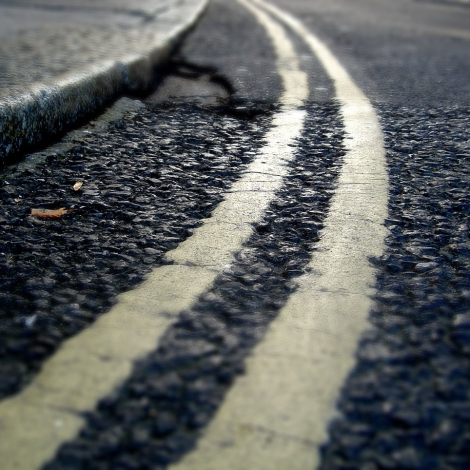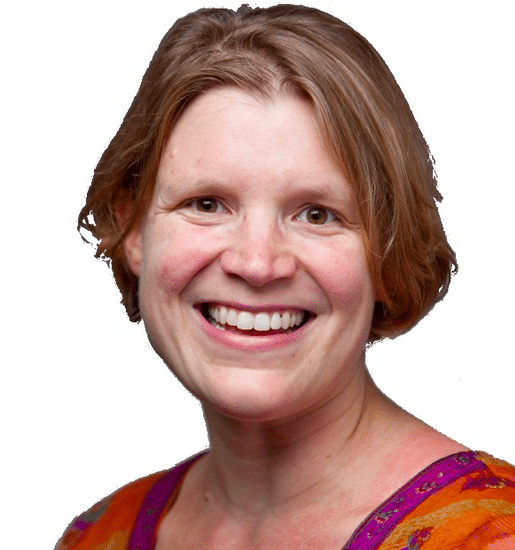Louisa Brown has taken weeks and even months off from her career as a world-traveling structural engineer with Arup to build a foot bridge in Kenya and improve water access in Ghana. Arup allows the time off and covers her travel expenses as part of the global engineering firm’s social responsibility program. Arup joins other firms such as AECOM, CH2M Hill, Buro Happold and more to support employees interested in engineering for global development projects.
[quote]Working with Arup means I can do my day to day structural engineering job whilst also working on, and being supported in, international development work.[/quote]
In 2013, Brown worked for three months with the Kounkuey Design Initiative in Kibera, the shantytown in Kenya’s capital Nairobi. With her help, KDI turned a muddy field into a thriving community center with space for small businesses, a playground and bathrooms. She tells the story of her experience on her site, louisabrown.wordpress.com. We asked her five questions.
E4C: How did Arup support you while you worked with KDI?
LB: Arup provided a grant to cover travel, accommodation, vaccinations etc. and basic food – I think this was about £3000. I took a three-month unpaid leave of absence from my Arup role. The role was advertised internally in Arup and although I had to seek my line manager’s approval I felt that my interest in the role was supported including getting me in touch with colleagues who knew Kenya well or were currently working there. I received pre-departure training from EWB-UK.
As it was my first experience of development work it certainly made me think about the direction I wanted to take my career and the type of projects I wanted to work on.
E4C: In which projects were you involved in Kenya?
LB: The largest structural work I completed was the design and overseeing of construction and installation of a footbridge at site 4. This provided a link to all areas of the site; safe crossing of the river enabling the space to become a popular and secure thoroughfare; and helped to improve access to the local businesses, new sanitation block and playspace. Some of the major challenges including determining the type and quality of materials available, overseeing the workmanship and the logistics of transportation. The environment you are working in and for played a big part. For example, the bridge had to be built off site as there was no power on site for welding. Bolted connections weren’t an option due to the likelihood of theft of the bolts.
E4C: How did your time there affect your work after you went home?
LB: As it was my first experience of development work it certainly made me think about the direction I wanted to take my career and the type of projects I wanted to work on. Working with Arup means I can do my day to day structural engineering job whilst also working on, and being supported in, international development work. I have since been on training at RedR (with Arup funding), delivered presentations about my experience and been internal project manager for another project collaboration with KDI (with Arup funding).
Get involved with EWB or at the least keep an eye on their website for volunteer opportunities. RedR also provide great training for relief workers – your company might even fund it.
E4C: Since your first trip to Kenya, what work have you done in engineering for global development?
LB: I have been a Placement Manager for Engineers Without Borders-UK and given talks about my placement for Arup. I have not been back to Kenya but have stayed in contact with KDI, helping out on small queries and also partnering on another project, the Nator Longborizu Rural Development Plan.
An ongoing project, I applied to Arup Cause for funding to allow a small team of staff some time to support KDI on feasibility studies relating to water provision and access to the community. As the internal project manager I traveled to Ghana to spend two weeks in the community, with a KDI team member, surveying, holding community meetings and workshops and understanding local needs.
E4C: Do you have any advice for engineers who would like to take a work trip like yours? Any tips for how to get started and how to go about it?
LB: Enthusiasm and commitment. Get involved with EWB or at the least keep an eye on their website for volunteer opportunities. RedR also provide great training for relief workers – your company might even fund it.

